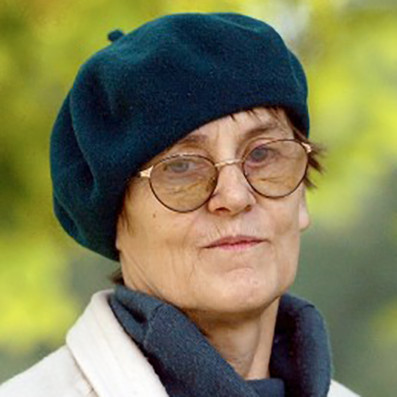Sonata for Violin and Piano No. 1
I. RECITATIVO
ALLEGRO RISOLUTO
MESTO
II. ALLEGRO MOLTO
The dedication of Sonata No. 1 is to the legendary, beloved Mediņš School music theory teacher Jānis Līcītis (1913–1978).“Before then I had been studying in Limbaži and Cēsis, I had no cultural baggage, and I considered [Arvīds] Žilinskis and [Jānis] Ozoliņš to be brilliant composers. Ozoliņš had that very beautiful song “Tālu stiepjas tumši sili, aizpeld padebeši zili...” (The dark forest reaches into the distance, blue clouds swim away...). And then Jānis Līcītis, with a sharp-tongued simplicity, without poking you with his finger, taught you music, and, along the way, taught you other things as well, he was a very knowledgeable person, he was knowledgeable in physics, mathematics, he simply made us think. He set a standard for teachers.One of his sayings has remained in my memory: “For my entire life, I have thought about one composer or another composer, is it really like that, or perhaps I should think differently, but someone from the countryside immediately understands what is good and what is bad.” Līcitis said that, and I have no idea what he would say today, when it is not just someone from the countryside who immediately sees everything clearly.In his time, Līcītis could certainly become angry, when we had not studied. When he had become angry, he pulled his beard to one side, and, when satisfied, to the other side.”In the summer of 1981, with the suggestions of Indulis Sūna, the composer created the current version of the sonata. “I made it more complex, so that the violinist would have something to play. In the last movement, I composed one section in one direction, and then I no longer had any strength to come up with anything, and then, one note after the other, I composed the return, like Hindemith did in his opera Hin und zurück. That is the end of the fast section or the Toccata. It is possible that, at the time, I wanted to portray leaves being blown over graves. Here my eternal example is the finale of Chopin’s B flat minor Sonata, the standard for fast music – ingenious.”The premiere of the new version was on December 15, 1981, in the Jāzeps Vītols Latvian Academy of Music Great Hall – performed by Indulis and Ilga Sūna.The Sonata No. 1 (which had the working title “Sonata and Toccata”) is compelling with its Bartokian pizzicato, a very beautiful cantilena or canto, climbing and falling. In the toccata, which lasts for a minute and a half of the twelve-minute total, the violin no longer sounds like a violin: in the flageolets the composer demands the highest possible sound from the violinist.In 1982, Ingrīda Zemzare wrote: “[Einfelde’s] Sonata for Violin and Piano – a true mark of dramaticism. Perhaps the essence of the woman is, at this time, truly more intense, demanding, and, at the same time, weightier?”
Orests Silbriedis /LMIC 129 / SKANi "Maija Einfelde: Violin sonatas"

